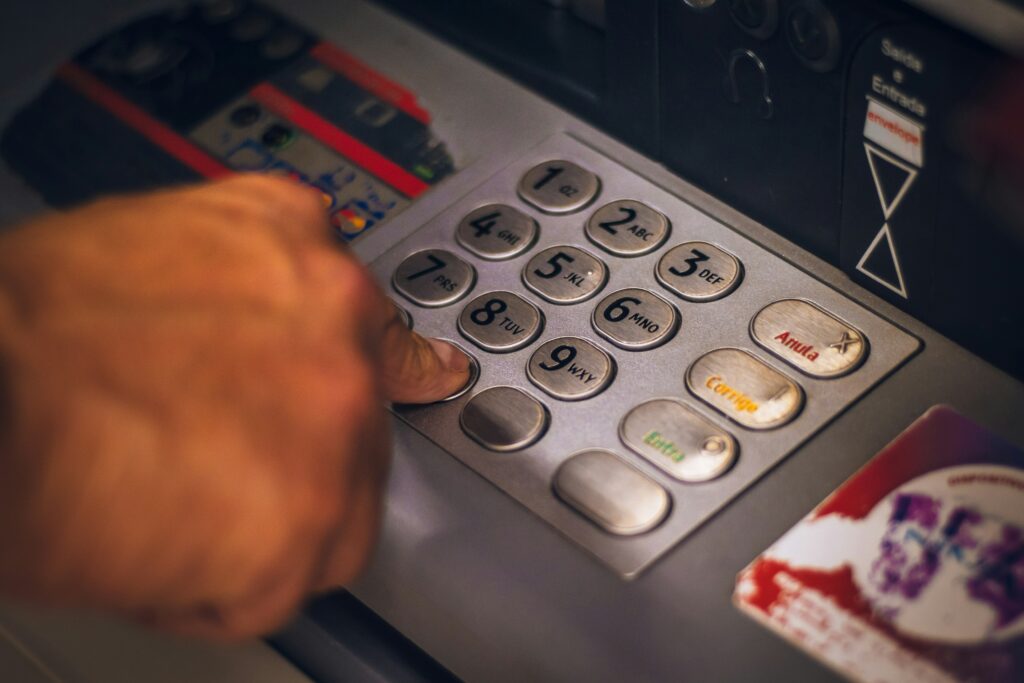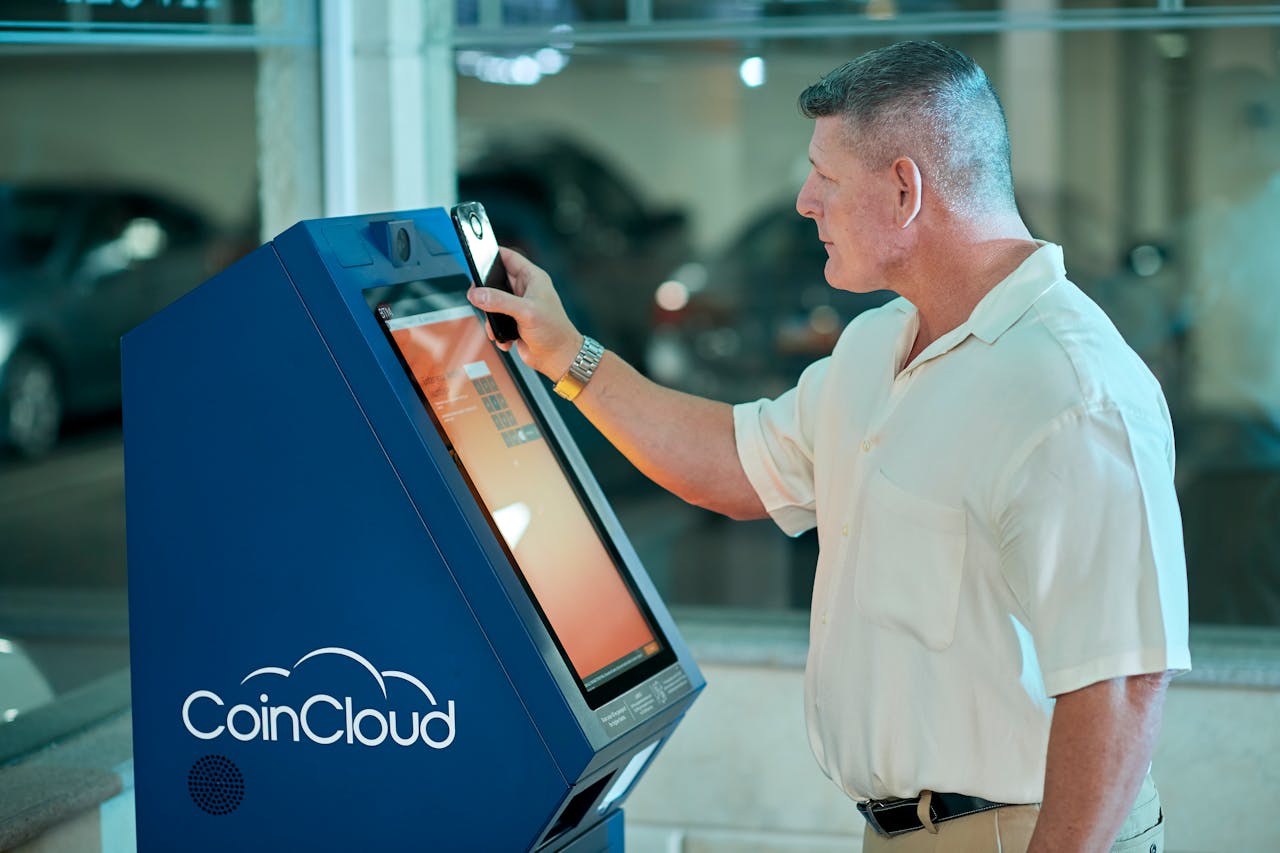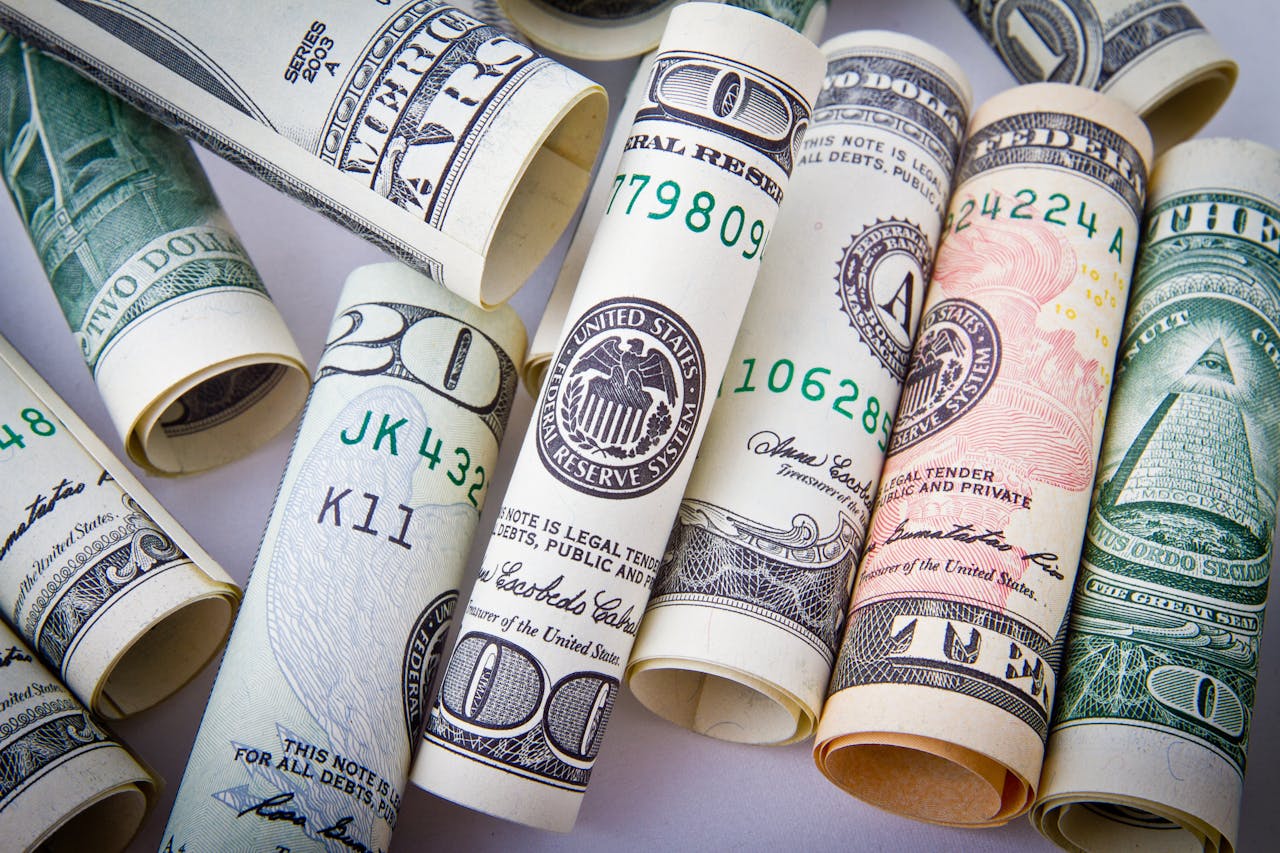In today’s digital age, where convenience often comes hand in hand with technological vulnerabilities, ensuring the security of your financial transactions is paramount. When it comes to ATM (Automated Teller Machine) transactions, one of the primary lines of defense is your Personal Identification Number (PIN). Selecting a robust PIN is crucial to safeguarding your financial assets and preventing unauthorized access to your accounts. In this blog post, we’ll delve into the intricacies of selecting a PIN that enhances ATM usage security.
Understanding the Importance of a Strong PIN
Your PIN serves as the key to accessing your bank accounts through ATMs. It’s essentially the first line of defense against unauthorized access to your funds. Therefore, it’s imperative to choose a PIN that’s not only easy for you to remember but also challenging for others to guess or deduce.
PIN Selection Best Practices
1. Avoid Obvious Combinations
Steer clear of easily guessable combinations such as sequential numbers (e.g., 1234), repeated digits (e.g., 1111), or patterns on the keypad (e.g., 2580). These are the first combinations that fraudsters might try when attempting to gain unauthorized access to your accounts.
2. Mix Numbers and Letters
Some banks allow the use of alphanumeric characters in PINs. Mixing letters and numbers can significantly increase the complexity of your PIN, making it more challenging for unauthorized individuals to crack. However, ensure that you can remember the combination without difficulty.
3. Choose a Random Sequence
Opt for a random sequence of numbers that hold no personal significance or easily discernible patterns. Randomness adds an extra layer of security, as it makes it exceedingly difficult for potential attackers to guess your PIN through social engineering or brute-force attacks.
4. Keep It Confidential
Never share your PIN with anyone, not even with close friends or family members. Additionally, avoid writing down your PIN or storing it in easily accessible places such as your wallet or phone. Memorization is key to maintaining the confidentiality of your PIN.
5. Regularly Update Your PIN
Periodically changing your PIN is a proactive measure to mitigate the risk of unauthorized access. Aim to update your PIN at least once every few months, or immediately if you suspect it has been compromised.
Additional Security Measures
While selecting a robust PIN is crucial, it’s not the only aspect of ATM security. Here are some additional measures to fortify your defenses:
- Beware of Skimming Devices: Before inserting your card into an ATM, inspect the card reader for any signs of tampering, such as loose parts or unusual protrusions. Skimming devices are often used by fraudsters to capture card information.
- Shield Your PIN: When entering your PIN at an ATM or point-of-sale terminal, shield the keypad with your hand or body to prevent shoulder surfers from observing your input.
- Monitor Your Accounts: Regularly review your bank statements and transaction history for any unauthorized or suspicious activity. Promptly report any discrepancies to your bank.
Conclusion
Your PIN is the cornerstone of ATM usage security, serving as the primary authentication mechanism for accessing your bank accounts. By adhering to best practices such as avoiding obvious combinations, choosing random sequences, and keeping your PIN confidential, you can significantly enhance the security of your financial transactions. Remember, proactive measures and vigilance are key to safeguarding your hard-earned money in an increasingly digital world.


